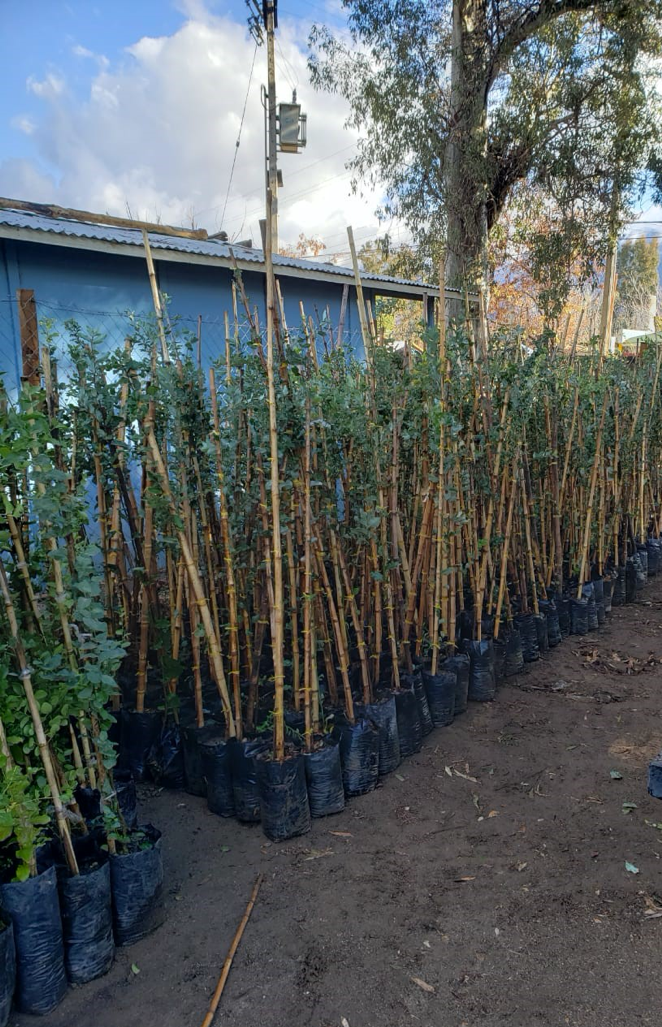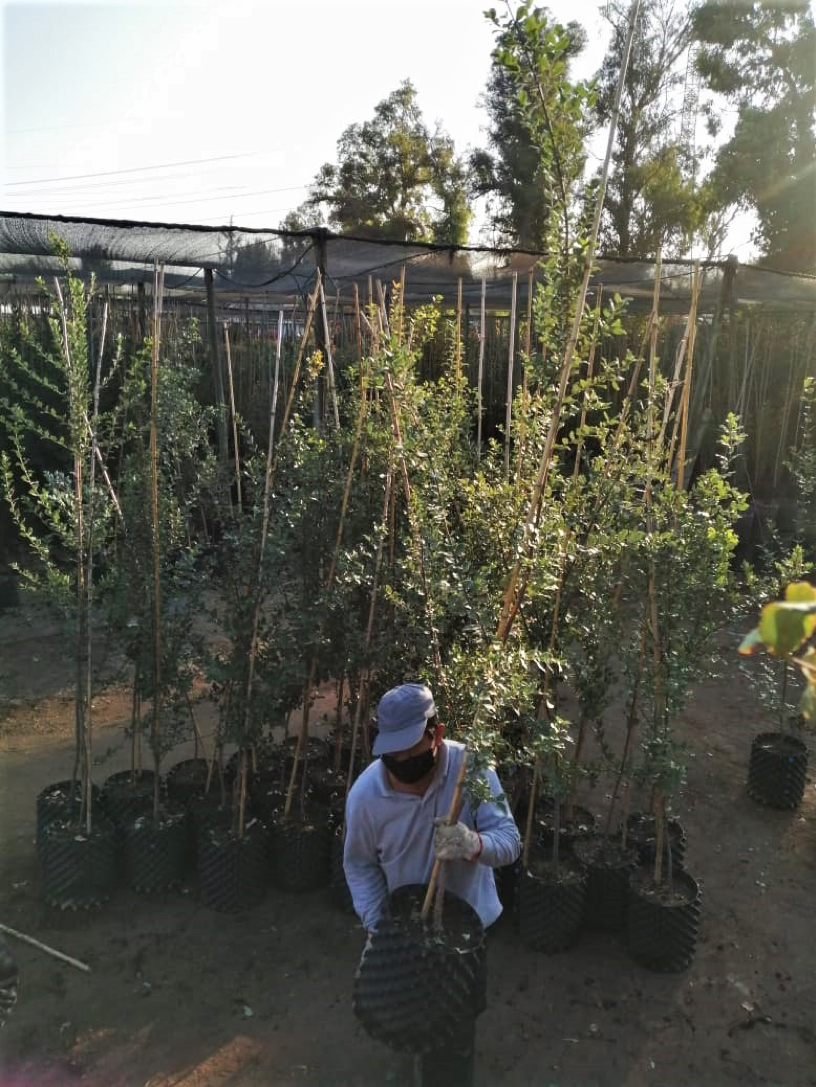More than 15,000 trees will repopulate the central-north of Chile
Among the communities benefiting from the ISA Interchile program are Freirina, Til-Til, La Serena, Coquimbo, Los Vilos, and Villa Alemana, among others. The initiative aims to reduce the deficit of green areas in Chile, which affects 7.6 million inhabitants.
More than 15,000 endemic species will be planted in 10 communities in the central-north zone of the country as part of ISA Interchile’s reforestation support plan. The energy company aims to contribute to the recovery of green areas and help improve the quality of life of communities.
The measure seeks to partly mitigate the existing territorial inequality in the country regarding green areas, since, according to indicators, 7.6 million inhabitants live in communities with green area surfaces that are below the standards recommended by the authorities.
According to the Urban Development Standards Indicators System (Siedu), only 18 of 117 communities meet the proposed minimum of 10 m2 of squares and parks per inhabitant.
The plan has the particularity that the species are chosen by each municipality considering the specific characteristics of the area and also have low water requirements, with the objective of ensuring their survival and making responsible use of water under the context of drought that affects the central-northern region of the country. Among the tree species, there are the Jacarandá, Laurel en Flor, Peumo, among others.
Mauricio Rebolledo, Sustainability Director of ISA Interchile, stated that the company plans to continue strengthening community work and contributing to the environment. “ISA Interchile understands sustainability as a central axis of our daily work, where development must go hand in hand with its environment. Only then we will make possible the consolidation of sustainable communities to face the future in a concerted manner.”
Among the benefited municipalities are Freirina, in the Atacama Region; La Serena, Coquimbo, and Los Vilos, in the Coquimbo Region; Villa Alemana, in the Valparaíso Region, and Til-Til, in the Metropolitan Region, among other municipalities that will see their green areas reinforced in various public spaces.
Rodrigo Bravo, in charge of Territorial Relations at ISA Interchile, explained that “the trees will not only contribute to beautifying the urban environment but will also become true green lungs that contribute to combating climate change.”
He added that municipalities can select three species that fit their environment’s requirements and define the location where they will be inserted, involving the community in decision-making to define the sectors of the commune with the greatest need to increase their green areas.





